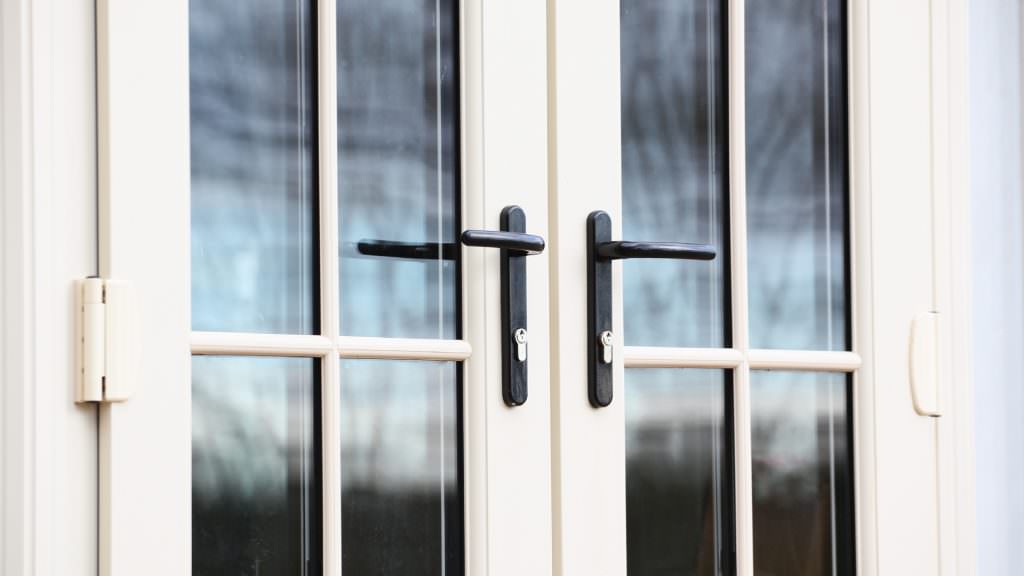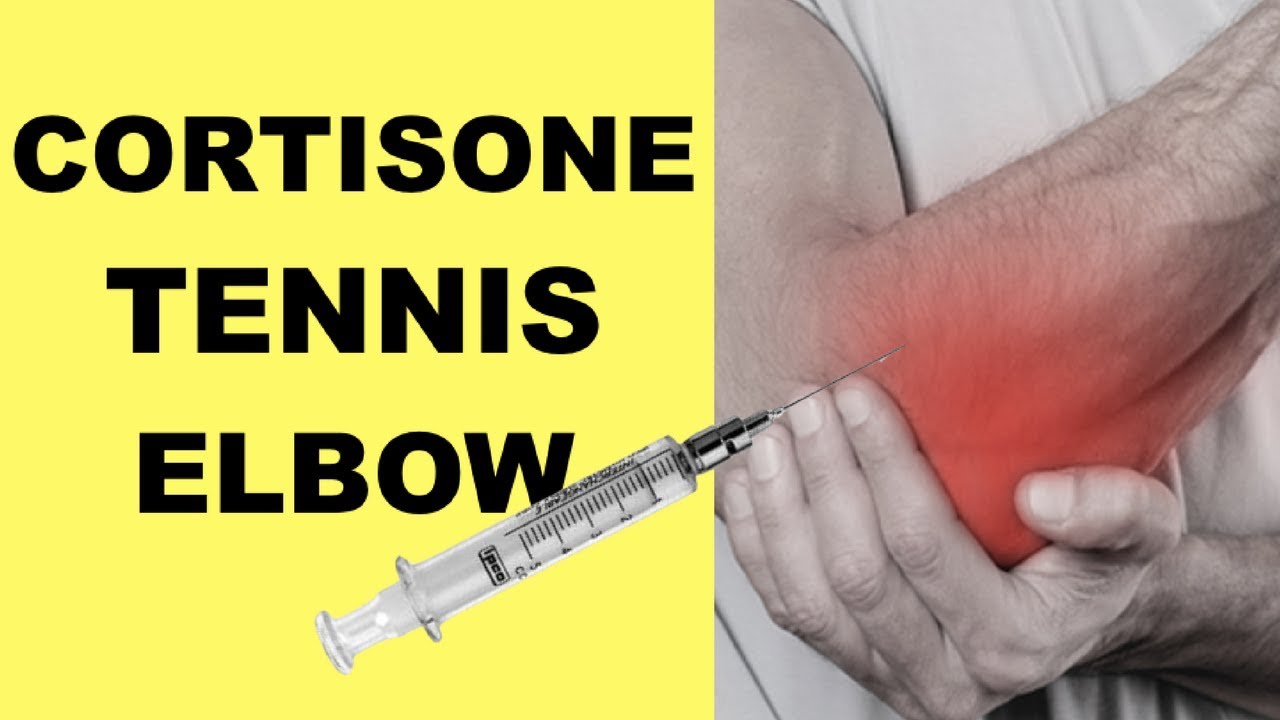Best Materials for UPVC Door Handles: What to Look For

Strong 8k brings an ultra-HD IPTV experience to your living room and your pocket.
When it comes to uPVC (unplasticized polyvinyl chloride) doors, selecting the right door handle is more important than many homeowners realize. Not only do these handles play a pivotal role in your home's security and functionality, but they also contribute significantly to its aesthetics and ease of use.
Since uPVC doors are commonly used for their durability, energy efficiency, and low maintenance, the handles that accompany them should complement these benefits.
But not all door handles are created equal. Material plays a central role in determining the handle’s strength, longevity, resistance to weathering, and appearance. In this article, we’ll explore the best materials for uPVC door handles and what to consider when choosing one for your home or business.
Why Material Matters
The material of a door handle directly affects its:
Durability: Handles are subject to frequent use and environmental wear.
Corrosion Resistance: Outdoor handles must resist rust and degradation.
Security: A robust material adds another layer of protection.
Aesthetics: The finish and feel of the material influence the handle’s visual appeal.
Maintenance Needs: Some materials require regular polishing or treatment, while others remain maintenance-free.
With these factors in mind, let’s explore the best materials used in manufacturing uPVC door handles.
1. Stainless Steel
Pros:
Excellent corrosion resistance
High tensile strength
Modern and sleek appearance
Low maintenance
Cons:
May show fingerprints
Can be more expensive than other options
Stainless steel is often the top choice for high-quality uPVC door handles. It offers exceptional resistance to rust and corrosion, making it ideal for coastal areas or homes exposed to harsh weather conditions. Grade 304 or 316 stainless steel is often used due to its durability and resistance to both physical damage and environmental exposure.
Additionally, stainless steel handles are available in various finishes—brushed, polished, satin—which can complement a range of modern or contemporary aesthetics.
2. Aluminum
Pros:
Lightweight
Naturally corrosion-resistant
Affordable
Recyclable
Cons:
Not as strong as steel
Can dent or scratch more easily
Aluminum is another popular material for uPVC door handles. It’s a lightweight yet resilient option that’s especially favored for its affordability and wide range of finishes. Anodized aluminum offers improved resistance to corrosion and wear, making it suitable for external doors.
Aluminum handles work well for those seeking a cost-effective solution without compromising too much on quality or appearance.
3. Zinc Alloy (Zamak)
Pros:
Highly customizable in shape and finish
Economical
Good resistance to corrosion with proper coating
Cons:
Less durable than steel or solid brass
Coating may wear off over time
Zinc alloys, often referred to by the trade name Zamak, are commonly used in mass-produced door handles. Zamak is composed mainly of zinc with small quantities of aluminum, magnesium, and copper. While it’s not as strong as stainless steel or brass, it provides good structural integrity and can be finished to mimic more expensive materials like chrome or brass.
With proper plating and maintenance, zinc alloy handles can serve well on uPVC doors, particularly for interior or sheltered exterior applications.
4. Brass
Pros:
Classic and elegant look
Naturally antimicrobial
Long-lasting with proper care
Cons:
Can tarnish without coating
Typically more expensive
Solid brass handles bring a sense of traditional luxury and weight. When lacquered or treated with a weather-resistant coating, brass becomes an excellent choice for exterior uPVC door handles. However, it does require more maintenance than other materials, especially if exposed to the elements.
One often overlooked benefit of brass is its antimicrobial property, which helps reduce the spread of germs—a small but meaningful perk, particularly in public or frequently accessed areas.
5. uPVC-Coated Handles
Pros:
Designed to match uPVC door finishes
Weather-resistant
Color options match door frames
Cons:
Lower strength compared to metal
May fade or peel over time
Some manufacturers produce handles that are either fully made of uPVC or coated with a matching uPVC finish. While not as robust as metal options, these handles provide seamless design integration, particularly when aesthetics and a uniform look are prioritized.
They are most suitable for internal doors or low-traffic areas, as they may not withstand heavy wear or extreme temperatures as well as metal alternatives.
Key Factors to Consider When Choosing Handle Material
When selecting a material for your uPVC door handle, consider the following:
1. Environment & Exposure
For coastal areas, prioritize materials with high corrosion resistance like stainless steel or anodized aluminum.
2. Security Needs
Opt for strong, tamper-resistant materials such as stainless steel or solid brass for exterior entrances.
3. Style Preferences
Match the handle finish and color with your door's aesthetics—sleek steel for modern homes, or brass for traditional elegance.
4. Maintenance Level
If you prefer low-maintenance options, go for stainless steel or aluminum. Avoid brass unless you're willing to polish and maintain its shine.
5. Budget
Zinc alloy and aluminum offer good performance at lower prices, while brass and stainless steel usually cost more due to their durability and finish quality.
Popular Finishes and Their Impact
Even more important than material, sometimes, is the finish applied to the handle. Common finishes include:
Chrome (Polished or Satin): Sleek and modern, but may show fingerprints.
Brushed Nickel: Subtle and contemporary, hides smudges better than chrome.
Antique Brass: Offers a vintage look but requires more upkeep.
Powder-Coated Colors: Match door frame colors and are often UV resistant.
Always ensure that the finish is UV-stabilized and weather-resistant, especially for handles exposed to direct sunlight or rain.
Conclusion
Choosing the right material for your uPVC door handle is a small decision with big implications for security, durability, and aesthetics. Stainless steel leads the pack in terms of overall performance, followed closely by aluminum and brass for specific stylistic or environmental needs. Zinc alloy provides a budget-friendly alternative with decent durability, while uPVC-coated handles are best suited for matching finishes or internal use.
Note: IndiBlogHub features both user-submitted and editorial content. We do not verify third-party contributions. Read our Disclaimer and Privacy Policyfor details.







